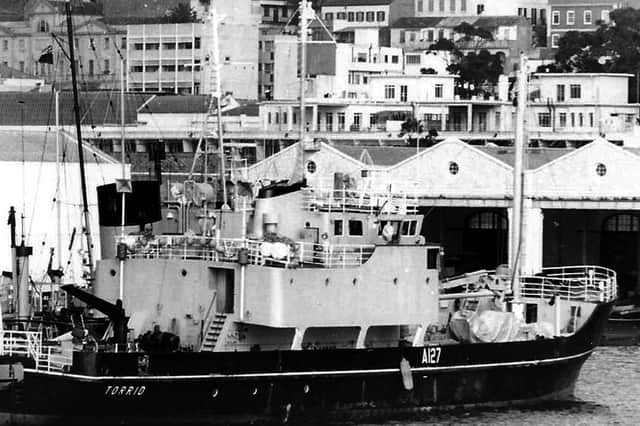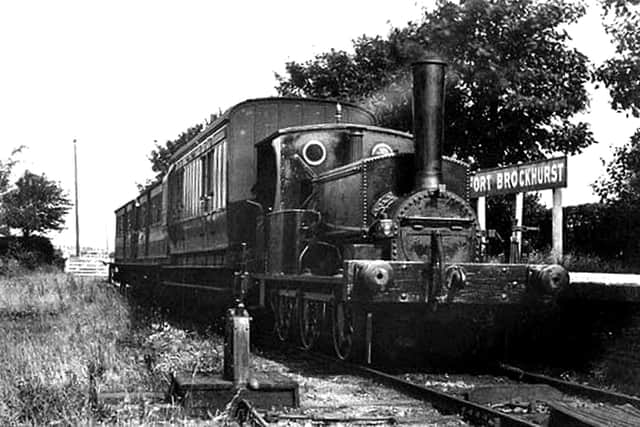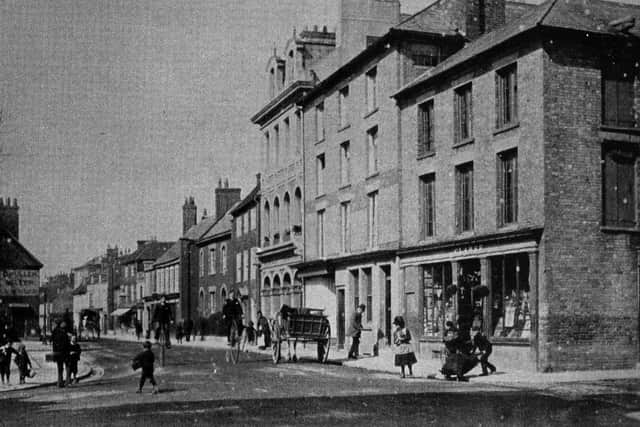HMS Sussex stopped off at old ammunition loading docks in Gibraltar | Nostalgia


Not so, says Mike Noonan. After leaving the navy Mike served for 35-years with Port Auxiliary Service amalgamated with the Royal Maritime Auxiliary Service in 1976. He explains: ‘It was everything painted buff and black. Tugs, fleet tenders, barges – you name it. We also had a seagoing side ammo ship, large tugs and research ships. I was on this side.
'Sadly all gone now. Serco Denholm took over the contract for most of it in 1997 very little left nowadays, just like the navy.’
Advertisement
Hide AdAdvertisement
Hide AdHMS Sussex was berthed close by what was the old ammunition wharf, in fact where the Bedenham blew up in 1950.


Mike added: ‘Until the rules were changed we used to lie on the jetty called 39, 40 and 41 berths to work ammunition. As I recall the buildings in the photos were connected with this department. They were certainly not garages. They are actually situated very close to a ragged staff gate, the one we all used to go up the hill into the man drag. I would estimate at the time of the photo Sussex was alongside the detached mole.’
:: George Macgregor sent me an email asking about Fort Brockhurst railway station as he has no knowledge of it.
I was somewhat surprised as he was born in Gosport in 1942 and lived there for 26 years before moving to Fareham when he got married. As a child he played in and around Fort Brockhurst but I cannot recall ever seeing a railway station near the fort.
Advertisement
Hide AdAdvertisement
Hide AdWell George, the station house still exists as does the platforms although the line closed to passenger traffic on June 8, 1953.


It was located on the east side of Military Road and there is still a certain amount of access to the overgrown southern end on the Gosport cycleway.
The station opened in 1893 as Brockhurst but to avoid confusion with Brockenhurst station on the Bournemouth line west of Southampton it was renamed Fort Brockhurst on November 17, 1893.
The line remained open for freight and good until January 30, 1969.
Advertisement
Hide AdAdvertisement
Hide Ad:: The picture below is marvellous view looking west along West Street, Havant in 1890. We must thank local photographer William Scorer for having the interest to photograph the town at this period.
To the right is North Street. On the left is where years later, the war memorial would be located on the corner of South and West Streets.
The store on the corner was J.B Clarke’s grocers where tea could be purchased at a shilling (5p) a pound.